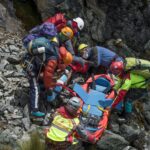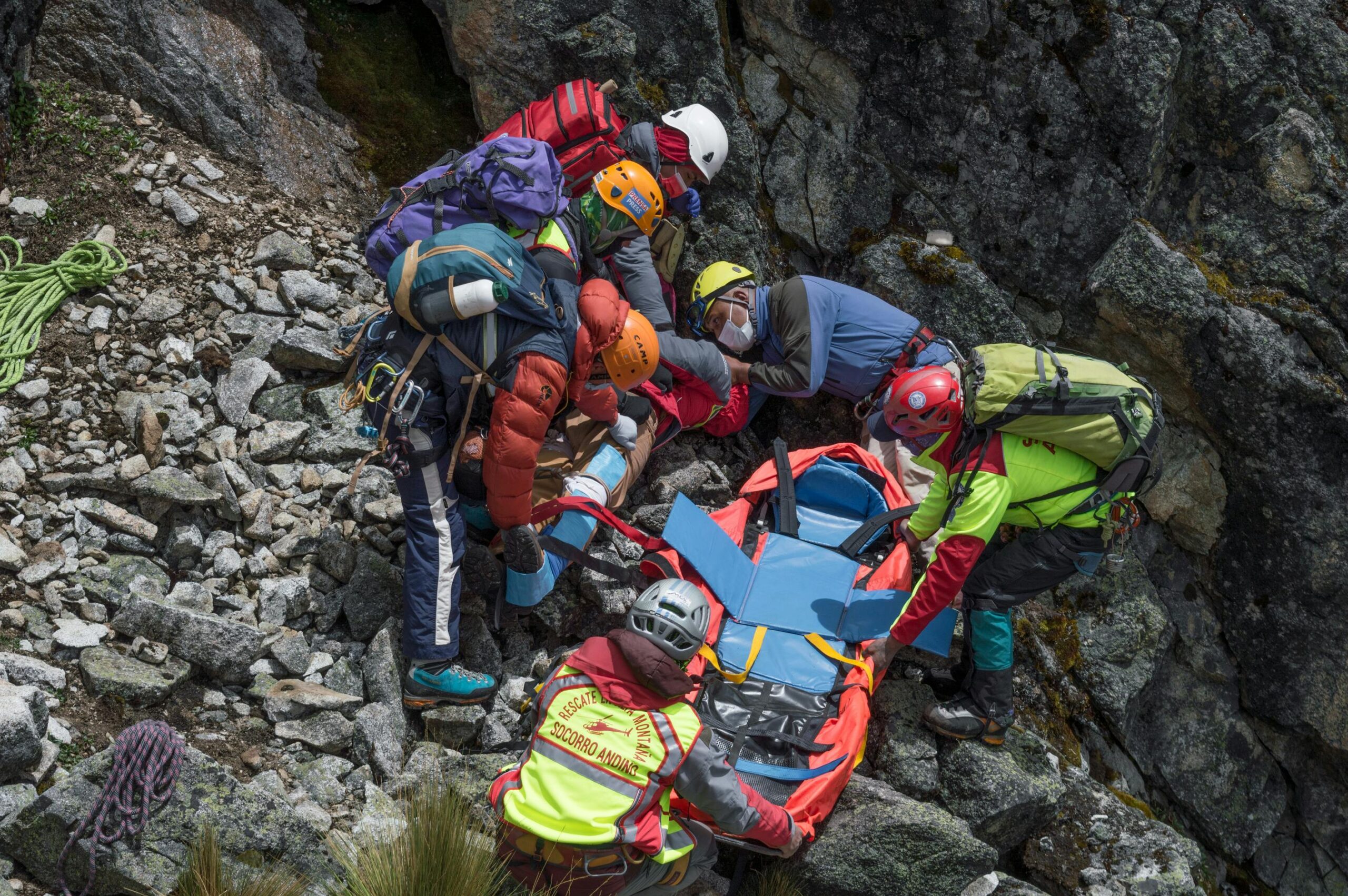Rise in Camping Accidents and Safety Incidents Prompts Calls for Enhanced Regulations
Introduction
The great outdoors offers unparalleled opportunities for adventure and relaxation, but it also comes with inherent risks. Recent statistics from the National Park Service (NPS) reveal a concerning trend: an average of 358 deaths per year were reported in national parks from 2014 to 2019, with motor vehicle crashes, drownings, and falls being the top three leading causes of unintentional deaths[3]. This surge in camping accidents and safety incidents underscores the need for enhanced regulations to ensure visitor safety in national parks and outdoor recreational areas.
Understanding the Risks
To better mitigate risks and prevent accidents, it is essential to understand the common causes of these incidents. The NPS mortality data reports provide valuable insights into the types of accidents that occur in national parks. For instance, motor vehicle crashes are a leading cause of death, often resulting from speeding or reckless driving[2]. Drownings and falls are also prevalent, often occurring due to lack of awareness or preparedness.
Preventive Measures
To address these risks, park managers and visitors alike must prioritize safety measures. Here are some practical tips and current insights:
- High Visibility Traffic Safety Enforcement Campaigns: Regular patrols and strict enforcement of speed limits can significantly reduce the risk of motor vehicle crashes.
- Preventive Search and Rescue Programs: Proactive search and rescue operations can help locate missing individuals before they become victims of accidents.
- Injury Prevention Campaigns: Educating visitors about potential hazards and providing safety guidelines can prevent accidents from occurring in the first place.
Case Studies
Several national parks have experienced tragic incidents that highlight the need for enhanced safety protocols. For example, Point Reyes National Seashore has seen incidents involving rockfalls, hypothermia, and fatal air crashes[1]. Similarly, Blue Ridge Parkway has reported fatal auto crashes and accidents involving alcohol[2]. These incidents underscore the importance of strict regulations and visitor education.
Conclusion
Enhanced safety protocols are crucial to safeguarding the millions of visitors who enjoy national parks each year. By implementing stricter regulations and educating visitors about potential hazards, park managers can better mitigate risks and prevent accidents. It is our collective responsibility to ensure that these natural wonders remain safe and enjoyable for all.
References:
- [1] NPS Incident Reports – Point Reyes National Seashore – NPS History. (2024-10-30). https://npshistory.com/morningreport/incidents/pore.htm
- [2] NPS Incident Reports – Blue Ridge Parkway – NPS History. (2024-10-30). https://npshistory.com/morningreport/incidents/blri.htm
- [3] FOIA – Frequently Requested Documents (U.S. National Park Service). (2024-10-24). https://www.nps.gov/aboutus/foia/foia-frd.htm
- [4] Safety – Death Valley National Park (U.S. National Park Service). (2024-11-14). https://www.nps.gov/deva/planyourvisit/safety.htm
- [5] National Parks Traveler | Essential coverage of essential places. (2024-11-21). https://www.nationalparkstraveler.org










